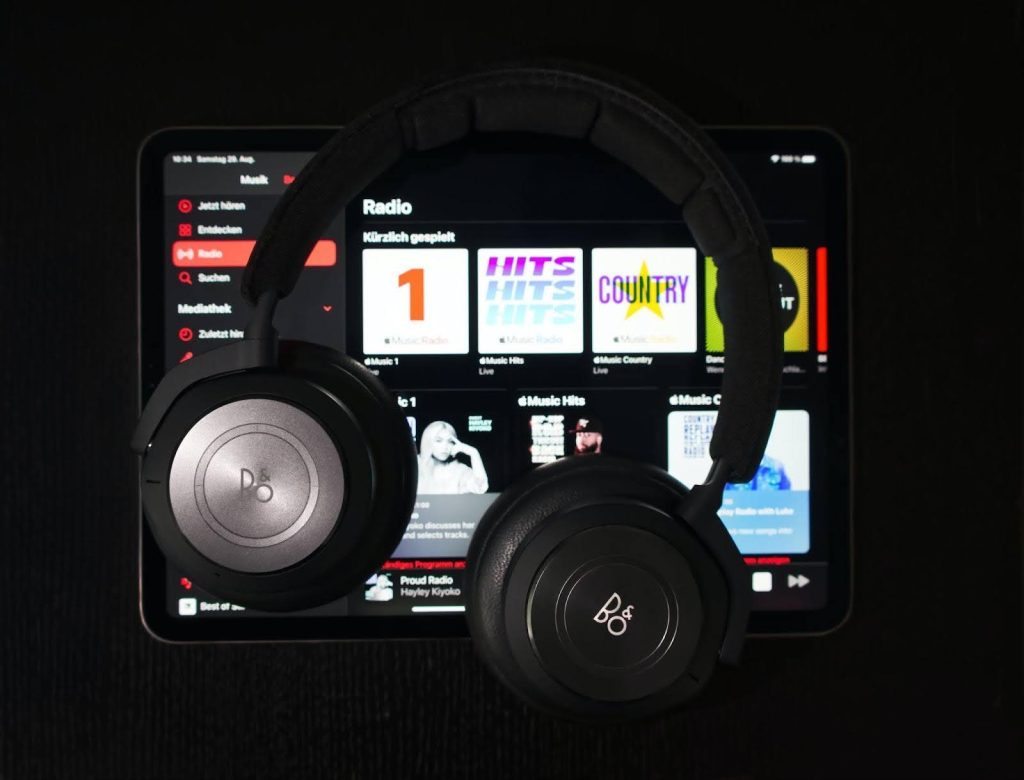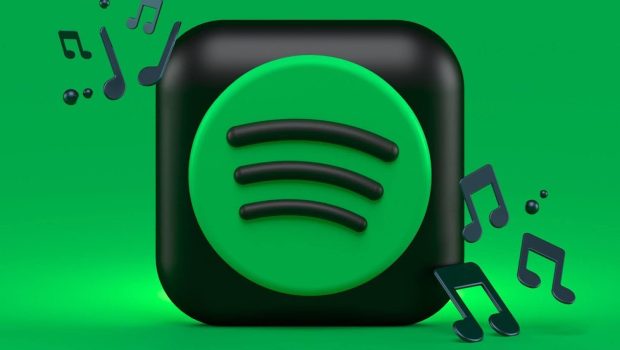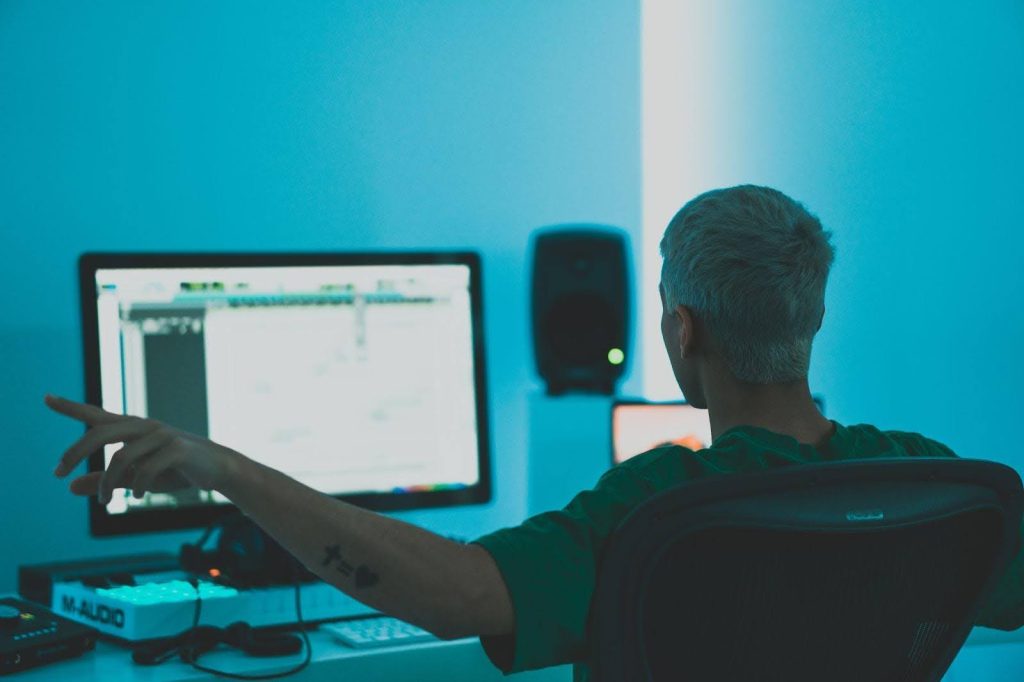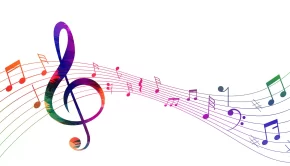How Much Does Spotify Pay Per Stream in 2024?
You placed your music to stream online using a music distributor, and it’s finally available on Spotify, the digital streaming platform. But now you’re asking yourself, How many Spotify streams are necessary to generate great income for artists?
This article was created to explore the streaming music royalties on Spotify, Apple Music, and other streaming platforms, the amount of revenue you can earn from Spotify and the different streaming platforms, the comparison between the different streaming platforms, and the pay-more option to shed light on those who pay less.
First, how do you generate streams on Spotify?
Getting your music streamed could be hard if you’re just starting out and you lack Spotfy followers. The best way to expose your music to new ears is by getting it on playlists.
There are many different kinds of playlists out there, and it’s a topic for a different article.
Basically, you can use a music promotion service like One Submit, which would help you get results quickly and efficiently. Read more about Spotify playlist submission and learn more about the playlist structure, the pros, and the cons.
So, how much money does Spotify pay per stream?
Spotify’s average payout rate for artists starts at $0.003 and $0.004 per stream.
From 2024 onwards, Spotify will only compensate artists with streaming royalties if they accumulate 1,000 plays within the past year.
In simpler terms, achieving one million streams entitles you to generate royalties of up to $4,000 exclusively from Spotify.
If you own the rights to Aerosmith, for example, the sum could be a large sum, but it will take a long time for an emerging independent artist to make significant revenue from Spotify.

Comparing Spotify royalties to royalties on other music streaming platforms.
Spotify, the most popular music streaming service, has more than 310 million users. Other digital streaming platforms are trailing behind, with Apple Music having 80 million, Amazon Music having around 82 million users, and Tidal estimated to have at least 2.5 million users.
That’s why numerous artists are opting for Spotify as their preferred platform for music promotion.
But who pays artists the most?
There are some variables to be considered, including how long a song has been released to be eligible for royalties, how many listeners you have per month, whether you work with a record label or digital distributor, and more.
However, for the sake of simplicity, here is a rough estimate of the revenue an artist will earn from one million free streams on various music platforms:
Spotify: $3,400
YouTube Music: $7,350
Apple Music: $6,750
Amazon Music, $4,250
See this streaming calculator for more information.
Based on the calculator’s findings, Spotify compensates artists with relatively low earnings per stream. However, due to its prominent position as the largest music streaming platform, it is highly probable that artists will receive a higher overall number of streams compared to other streaming services.
Please note that the figures may be affected by various factors that might affect royalties.
How does Spotify calculate their royalties?
Similar to numerous other streaming platforms, Spotify utilizes a system of “proportional” distribution for its on-demand service.
Spotify pays artists based on these three different criteria:
1. Globally agreed payment terms
2. The total streams generated on Spotify by all the artists.
3. The total income of streams generated from Spotify’s streaming platform.
Not all streams are equal.
Different streams can be created by every artist and every song.
Several factors, such as the local market, country, and premium listener account, need to be taken into account. The overall earnings of artists releasing music can fluctuate due to numerous influences, causing the streaming payout rate to continually evolve.
The country of origin
Spotify Premium prices vary in each country. To illustrate, the monthly subscription charges for an American Spotify user differ from those for an African Premium subscriber.
Considering this factor, artists receive higher streaming royalties from American listeners compared to African listeners.
Premium or Free
A Spotify premium listener pays a monthly fee compared to a free listener who pays no fee.
Although they both stream music, they are not rewarding the artist the same.
Spotify counts all spotify premium listeners streams and free music streaming and does not reward artists equally, meaning artists earn more when listeners are premium users
In addition, the question of how much Spotify pays per stream will be answered differently in 2024. What changes has Spotify recently introduced? Spotify recently introduced big changes that will impact streaming payments in the music industry.
From January 2024, three key changes will apply:
At least 1,000 streams
In order to receive royalties, songs need to have been played a minimum of 1,000 times within the past year. If your song doesn’t reach 1,000 plays within its first year, you won’t earn any royalties from it.
What was the reason behind this modification?
Typically, when independent artists accumulate a minimum of $50, they become eligible to receive royalties from digital music and other related services.
Smartly rephrased: Digital distributors held back royalties of up to $50 from Spotify before paying artists. This implies that Spotify is now responsible for holding onto these modest music royalties rather than having them distributed among different music platforms. In the long run, these modest streaming payments have the potential to accumulate into a substantial sum of millions of dollars.
Over the next few years, digital distribution companies will close their doors, and major distribution companies will likely increase subscription fees for artists to make up for lost revenue.
Sanctions against bot streams from digital distributors
Spotify says it is doing everything it can to block all feed bots generated on its music platform.
Due to obvious reasons, fake companies are generally not favored when it comes to paying valuable royalties.
Spotify will respond to individuals who doubt musicians who resort to artificial bot services to generate fabricated streams and manipulate their statistics. Although this may be positive for genuine artists who put in effort, I am skeptical about whether it will lead to increased earnings for them.
When it comes to profits, Spotify isn’t in great shape and hasn’t been a particularly profitable company over the past decade. This generates a lot of revenue, but in the end, after all the costs and expenses, there is little money left thanks to excessive licensing from the majors.
This news is decidedly unfavorable for music distributors. These companies will face the consequences of paying penalties, resulting in deductions from their upcoming royalties. Moreover, it is necessary for them to invent innovative technological methods to assess each artist, aiming to identify and eliminate fraudulent streams.
As with the previous change mentioned above, this will most likely result in small distributors closing and large distributors such as CDBABY, Ditto Music, and Distrokid increasing their fees to artists in order to make profits.
Sound Effects and White Noise Royalties
In the past, Spotify considered a stream valid and counted it for streaming revenue only if a song was listened to for over 30 seconds. Many individuals have uploaded a variety of brief audio effects and background noise, reaping the rewards of utilizing short clips containing these sound effects.
The artists, who dedicated months to the creation of the songs, were treated unjustly. I must admit, it is quite surprising that it took Spotify such a considerable amount of time to address the issue.
Nevertheless, it is relieving that they have finally resolved it, even if it is later than expected. As of 2024, users will be required to listen to streaming content for a minimum of two minutes in order to access the associated fees.
According to Spotify, this change only applies to white noise recordings or sound effects and will not affect your music or songs. That means Spotify has to pay less royalties to noisemakers and keep more money in its bank account.
This is good news for hard-working artists, but on the other hand, I am very skeptical about the positive impact on the income of real independent artists, and it is very likely that the unpaid royalties will remain with Spotify.
How much does Spotify ultimately pay per stream?
With all of these new changes, Spotify’s royalty payments
change how much streaming it pays independent artists, but it has changed when and how it pays those royalties.
If you’re a beginning artist, this shouldn’t bother you too much.
Streaming royalties are not something you should expect, especially at the beginning when you’re trying to get started.
Artists’ sources of income vary and probably come from different areas of the music industry. Find out more about it in our article: The 12 Best Ways to Make Money as a Musician
How to Earn More on Spotify
I hope we’ve answered our main question. If you’re still confused, read How much does Spotify pay per stream? in this additional article.
If you’re interested in increasing your royalties on Spotify and generating more streams and royalties on Spotify, the answers are playlists! To get more streams and higher listener turnover, you need to use organic playlists.
There are many ways to submit music to Spotify playlists and get your music heard. Do your research, use music submission services like One Submit, for example, stay active, and release music more often.
Tweet




































